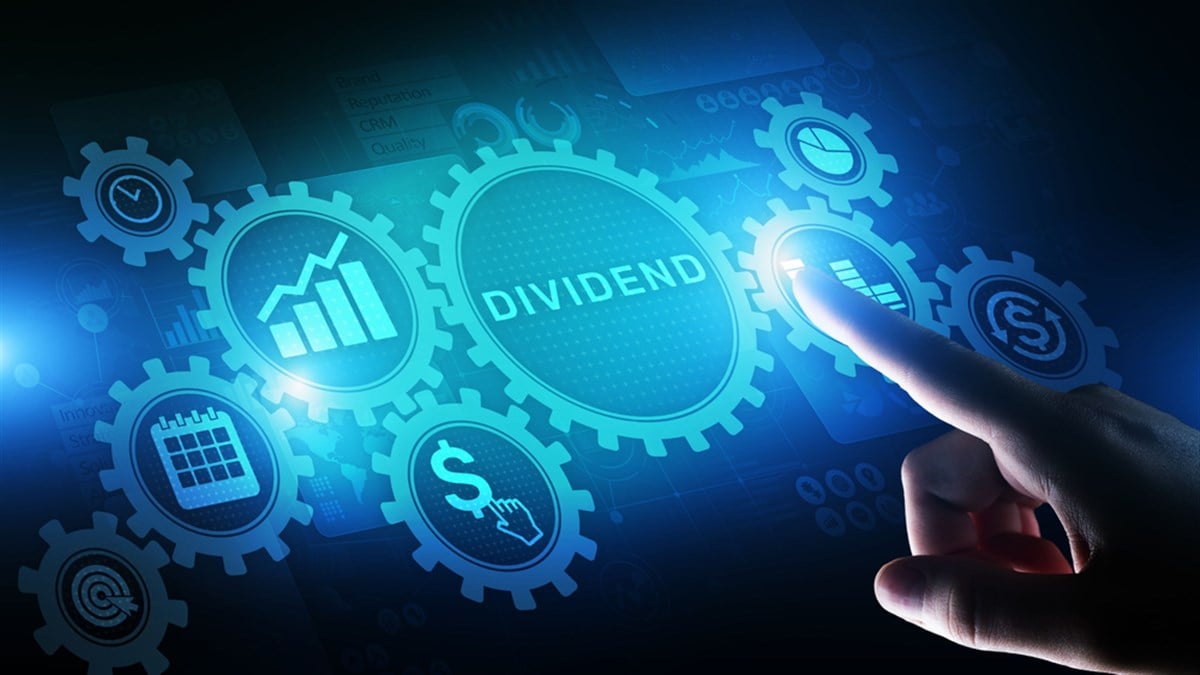
In an odd plot twist, softer economic data releases are proving to be good news for stocks.
A 4.1% decline in existing home sales for October. A weakened Chicago Fed National Activity index reading. These are the latest data points that have investors thinking that a cooling economic landscape will convince the Federal Reserve to stop raising interest rates. The central bank’s nearly two year rate hike campaign to squash inflation has had crippling effects on consumer and business activity — and in turn, stock prices.
Although the major stock indices took a breather Tuesday, they have made great strides since the Fed kept rates unchanged at its November 1st meeting. The S&P 500 is up 8% this month and quickly closing in on its 2023 high. While the meeting minutes released Tuesday suggest the Fed will remain more restrictive on rates than the market thinks, it may not be enough to pull traders out of their festive mood this holiday season.
Meanwhile, thoughts that rate increases are over suddenly have investors buying government bonds while the getting is good. The yield on the U.S. 10-year Treasury slipped to 4.37% Wednesday morning, its lowest level in two months. Note: bond prices and yields have an inverse relationship.
The way things are trending in the capital markets, the days of getting 5% interest on a risk-free bond may be numbered. For income-focused investors, this suggests a strategy shift is in order. Rotating into higher-yielding debt such as junk bonds is an option, but one that comes with default risk. Depressed real estate investment trusts (REITs) that should benefit from lower rates is another.
Then there are high yield stocks. There are still plenty of equities that offer yields of 4%, 5% or more. However, some are backed by companies in compromised financial positions, which calls into question dividend sustainability. Dividend cuts and suspensions can cause the investor to receive less than anticipated.
A good group to focus on for sustainable, high cash payouts are dividend growers. These are companies that have increased their annual dividend for several consecutive years. They’ve been able to do so because they generate reliable cash flow and have sturdy balance sheets.
Here are a few examples of perennial dividend raisers that currently offer Treasury-topping yields above 4.5%.
#1 - Duke Energy Corporation
Duke Energy Corporation (NYSE: DUK) pays an annualized cash dividend of $4.10 per share which equates to a 4.6% forward yield. The country’s largest electric power company has increased its dividend for 19 straight years, a streak that appears to have plenty of staying ‘power’. During its third-quarter earnings call, management projected that the company will generate 5% to 7% profit growth through 2027. Duke has more than 8 million electric utility customers across six states and has historically benefitted from regulatory rate hike approvals and volume increases. Considering this and the company’s 97-year dividend payment streak, the payout looks like a sure thing.
#2 - T. Rowe Price Group, Inc.
Last month, investment management group T. Rowe Price Group, Inc. (NASDAQ: TROW) reported one of its strongest quarters in recent history. Third quarter earnings per share (EPS) rose 17% year-over-year and easily beat Wall Street estimates. Although the company is dealing with fund outflow issues, its rock solid financials should allow it to weather the storm. With $1.4 trillion in assets under management, T. Rowe is debt-free and has $2.6 billion in cash. This bodes well for maintaining its 37-year dividend hike streak. The stock’s 5.0% dividend yield is one of the highest among large cap financials.
#3 - The Aaron’s Company, Inc
The Aaron’s Company, Inc. (NYSE: AAN) has a 5.7% yield that is three times the consumer discretionary sector average. The lease-to-own company generates roughly two-thirds of its revenue from leasing appliances, electronics, home furnishings and other consumer goods with the remainder coming from traditional retail sales. Its financial performances have been subpar of late due to competition and the leasing being unappealing in a high-rate environment. The stock is, therefore a more risky dividend growth proposition. But with the trailing P/E ratio at 6x and a return to top-line growth expected in 2024, the risk-reward tradeoff — and prospects for extending a 13-year dividend hike streak — look favorable.













